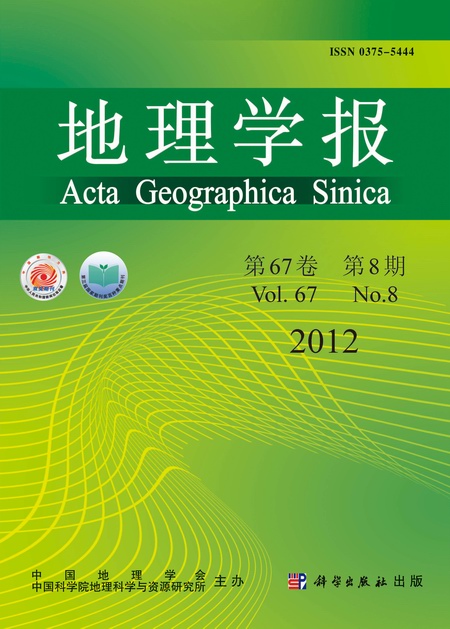CAI Xiaomei, ZHU Hong
Globalization is the main characteristic of the contemporary world. Therefore, there come many global cities which attract a host of migrants at home and abroad. On this trend of migrants' flow, the research on transnational migrant's transcultural and translocal phenomenon plays a key role in the studies of the social and cultural geographies. At the same time, in these global cities, how the transnational migrants feel of the city environment seems to be an essential question to both geographers and the authorities. Since the reform and opening up policy was set up, a great deal of foreign capital has been consistently flowing into Chinese market. Whilst, these transforming flows have brought China numerous transnational companies and foreign employees. The high-star hotels are one of the most international companies which attract many international clients, and staff as well. As a result, high-star hotels can be regarded as the typical and representative micro transnational social spaces in urban areas. In these contexts, this article selects a special socio-cultural groups, that is, the foreign managers who are working in high-star hotels, in Guangzhou, a typical global city in China, as its research objects, using semi-structured interviews and cognitive map's drawing to collect data and information, and draws the following conclusions on how they perceive and identify the urban landscape of place though semi-structured interviews. (1) With professional features, foreign managers hold the passive place identity on the host city, and build up the passive assimilated cross-cultural identity modes. (2) The foreign managers perceive the urban landscape on the basis of their self-identity construction, therefore, they hold strong perception on urban landscapes of place which reflect their identities of 'mine', 'others', and 'global persons'. It means that, they hold complicated place identity on their hometown and the host city, and express both the integrated and marginal cross-cultural modes. (3) The foreign managers hold strong place identity on urban landscapes which represent their positive understanding of the host city, and express the integrated identity; on the other hand, they take the urban landscapes which reflect their negative emotions as the meaningful places as well, and hold the negative place identity and separated cross-cultural identity, based on their understanding of the place meaning of the city. Consequently, the foreign managers' perception of the urban landscapes of place and their cross-cultural identity are influenced by their professional features, self-identity construction and understanding of place meanings. On the basis of the results, we construct the mechanism about the perception on the urban landscapes of place and cross-cultural identity of foreign managers who work in the high-star hotels. The results enrich the empirical research of urban social and cultural geography studies on urban landscapes and transcultural identity, indicate that the urban landscapes are the representations of place meanings, and play significant roles in connecting the relations between people and place. Furthermore, landscapes are as important as place, which can embed different meanings in our everyday life. Also, the results provide the theoretical basis for China's migrant policies and the construction of global cities.
